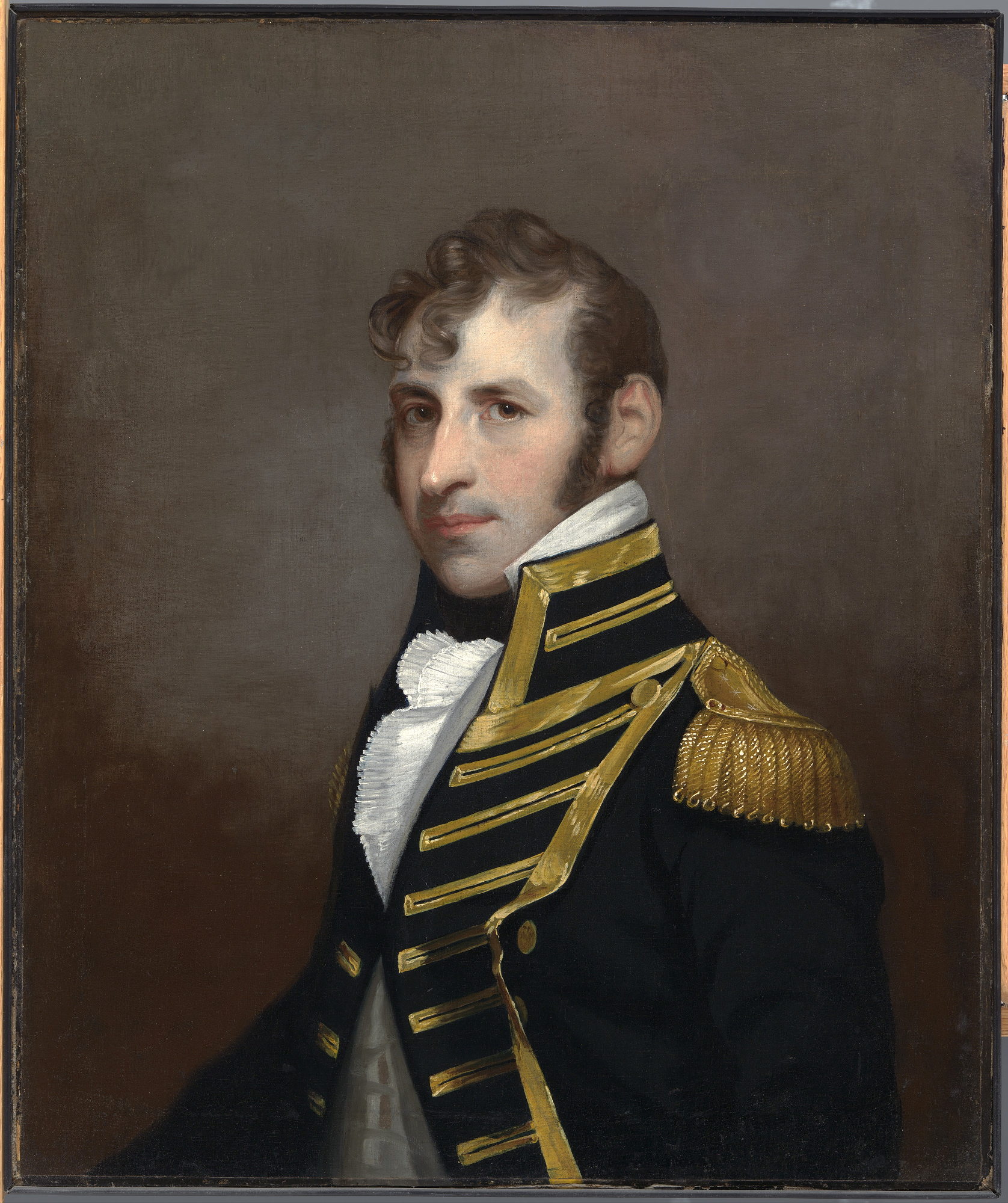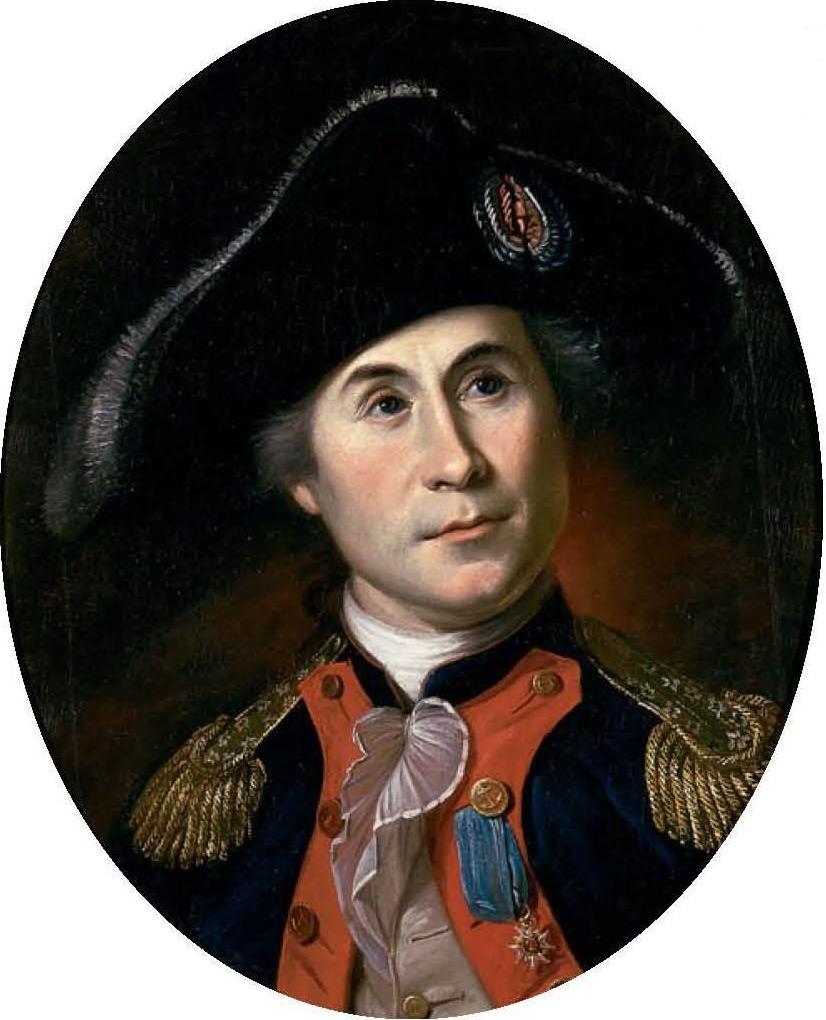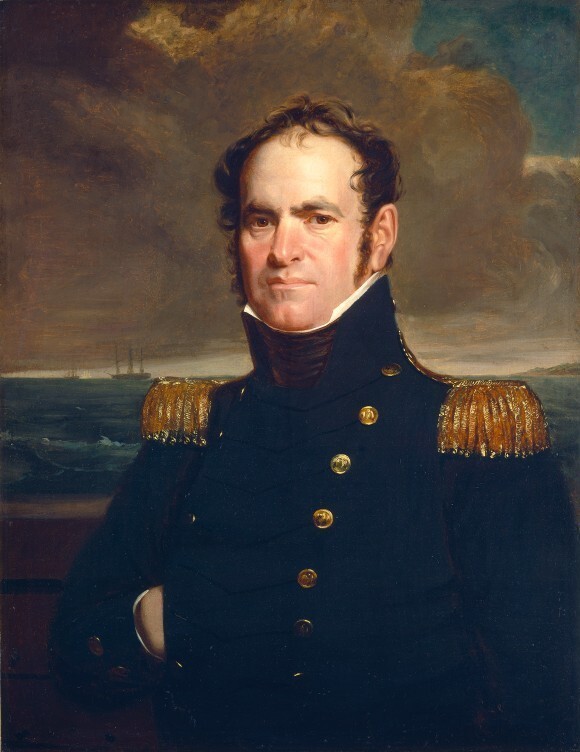During the formative years of the United States Navy (USN), three Sailors would arise and play a significant and invaluable role—where their actions would go down in history and help navigate the service branch to where it is today, even at a young age. Check out the three youngest navy captains of all time.
Stephen Decatur Jr. | Age 25
Decatur was an American naval officer and Commodore born in Maryland in 1779. His father was also a commodore in the USN, who notably served during the American Revolution. With his father’s naval influence, Decatur joined the USN in 1798 as a midshipman at age 19 aboard the new frigate, United States. He immediately saw action that same year in the so-called quasi-war with France, which eventually promoted him to lieutenant a year after. His heroism during the Tripolitan War and War of 1812 has forever cemented his naval career, becoming the most celebrated American naval icon next to John Paul Jones. He also became the youngest Sailor to reach the rank of captain in the history of the USN just weeks after celebrating his 25th birthday. The promotion ensued after a successful daring expedition to destroy a captured USS Philadelphia in 1804, with the renowned British Admiral Horatio Nelson famously praising the mission as the “most bold and daring act of the age.”
Decatur became the first American to be celebrated as a national military hero years after the American Revolution ended. Among the vessels he commanded include USS Merrimack (1803), USS Enterprise (1804), USS Constitution (1804), USS Chesapeake (1807), USS United States (1810), USS President (1814), and USS Guerriere (1815).

By 1816, Decatur retired from sailing and lived a relatively remarkable life as a private citizen until 1818, when he heard about his estranged friend James Barron being reinstated into the Navy. The dispute would culminate in a duel in March 1820 held in Maryland. As the contest commenced, both men would hit one another, and Decatur shot James in the lower abdomen and ricocheted him into the thigh. In contrast, James would hit Decatur’s pelvic area and sever the latter’s arteries, leading to a fatal wound. He died that night, aged 41.
John Paul Jones | Age 28
The celebrated American Revolutionary war hero was a Scottish, born in 1747 in Arbigland, Scotland, who came to America as a merchant sailor. John Paul (later added Jones to hide his identity), also recognized as one of the fathers of the USN, discovered his calling at sea at the early age of 13. He commanded several merchant ships until fleeing to America in 1775 after killing a mutinous crew. When the American Revolution eventually broke out, he joined the newly founded Continental Navy. He was appointed the first lieutenant of the recently converted 24-gun frigate USS Alfred in 1775. The following year, he was assigned to the sloop USS Providence and back to Alfred months later to carry out a raiding mission. Jones would command another freshly built vessel, the USS Ranger, in 1777.

Then, in 1779, Jones would assume command of the 42-gun USS Bon Homme Richard, which was sent to go head to head with the mighty British warship Serapis. Beating all odds, Jones won, nailing his legacy in history as one of the greatest naval commanders. His maritime career continued to prosper until the dissolution of the Continental Navy due to a lack of funds in 1783. He eventually found his way to Paris, where his health turned for the worst, and he died in 1792 at age 45.
John Rodgers | Age 27
Born in 1772 to Scottish immigrant parents, Rodgers played a significant role as a senior naval officer during the infancy years of the USN in terms of setting up standards, customs, and traditions. Not to be confused with pioneering aviator John Rodgers, who was his great-grandson and also a USN officer, the older Rodgers rose to prominence in his substantial participation in the wars against Barbary powers, blocking the Tripoli simultaneously capturing the 16-gun brig Mashuda; and commanding the largest American squadron (at that time) to set sail to the Mediterranean Sea in 1805.

Rewinding a little back to 1797, Rodgers served as a lieutenant on USS Constellation but was soon promoted to captain after emerging victorious in an engagement against the French frigate L’Insurgente during the quasi-war. Throughout his maritime career, he commanded several warships, including the USS John Adams, USS President, and the captured USS Insurgent, to name a few. He was appointed the first head of the newly established Board of Navy Commissioners in 1815 and served, at the same time, as a prolific political writer and briefly as Secretary of the Navy (1823) throughout the Second Barbary War before retiring in 1837, where his health started to decline. A year later, the venerable Commodore would pass away. He was 66.










COMMENTS
You must become a subscriber or login to view or post comments on this article.